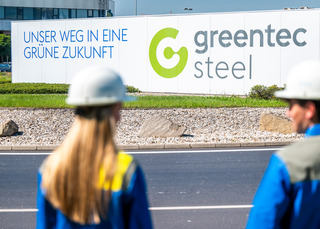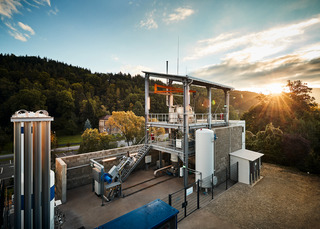OUR PATH TO A GREEN FUTURE
Read more on our blogBreakthrough technologies are processes that change our lives or the landscape of an industrial sector, bringing far-reaching consequences. Breakthrough technologies are particularly relevant to the pressing problem of climate change, offering solutions for storing green energy, for example, or the transformation from high to low emission, or even zero emission, technologies.
We are also intensively researching into breakthrough technologies for steel production in order to successively increase the use of green hydrogen in the steel production process over the long term and achieve carbon-neutral steel production by 2050.

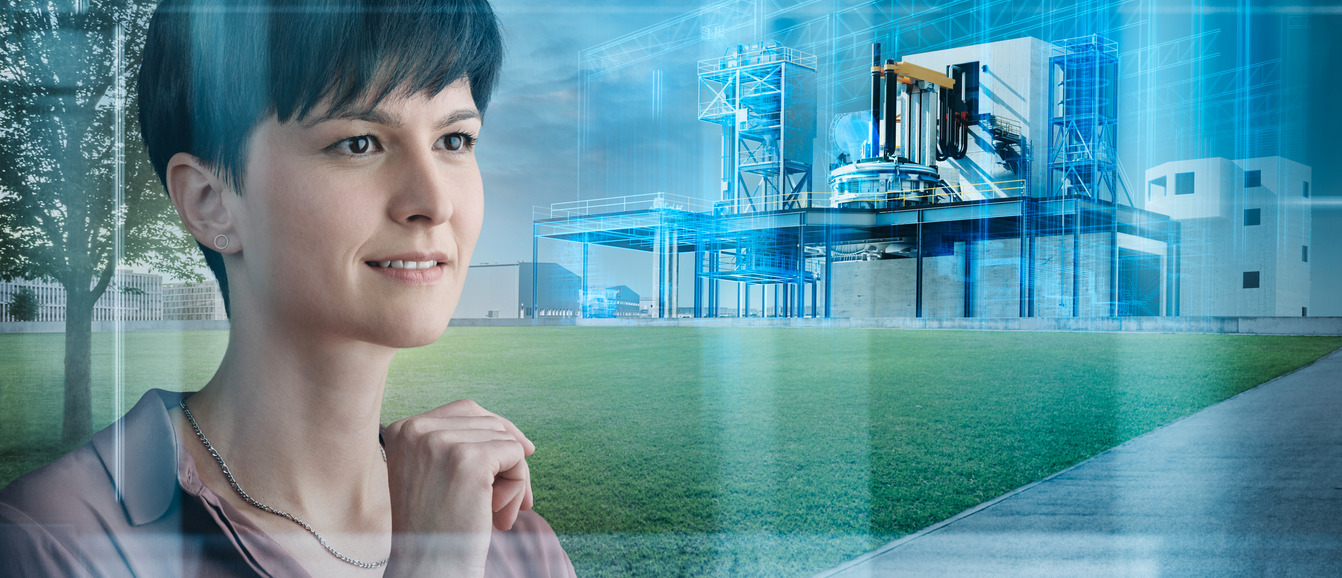

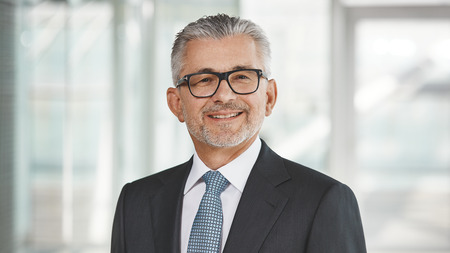

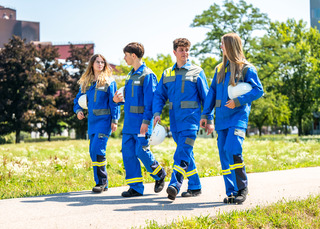
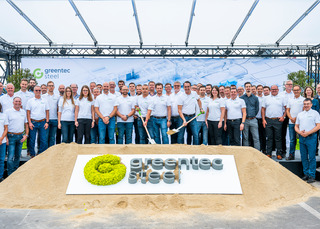
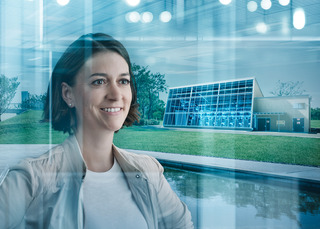
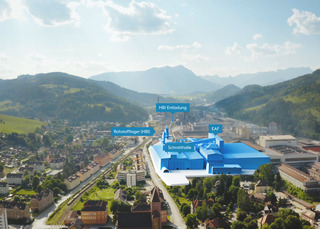
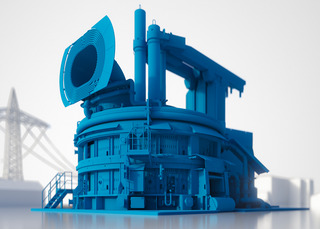
voestalpine.jpg)
